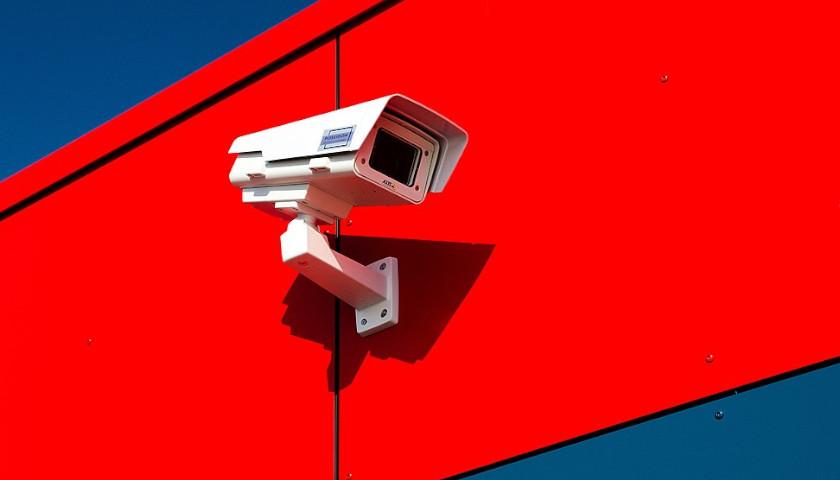Anyone who lived through 2020 observed that some messages received treatment online that stood in stark contrast to other messages. Conservative voices and messages were censored and banned, while progressive voices and messages flowed freely. If a person spoke against COVID-19 lockdowns—and later vaccines—there was a good chance that a social media platform would take down the post. If one were to suggest that suspicious activities occurred surrounding the 2020 election, the label “misinformation” might appear.
The primary vehicle to censor internet speech is to label disfavored messages as dis-, mis-, or mal-information. While the category of malinformation is seemingly the most offensive – true information that government censors believe lacks sufficient “context” – the other categories can be just as malignant. Mis- and disinformation require someone to determine what is true and what is not.
Read the full story




